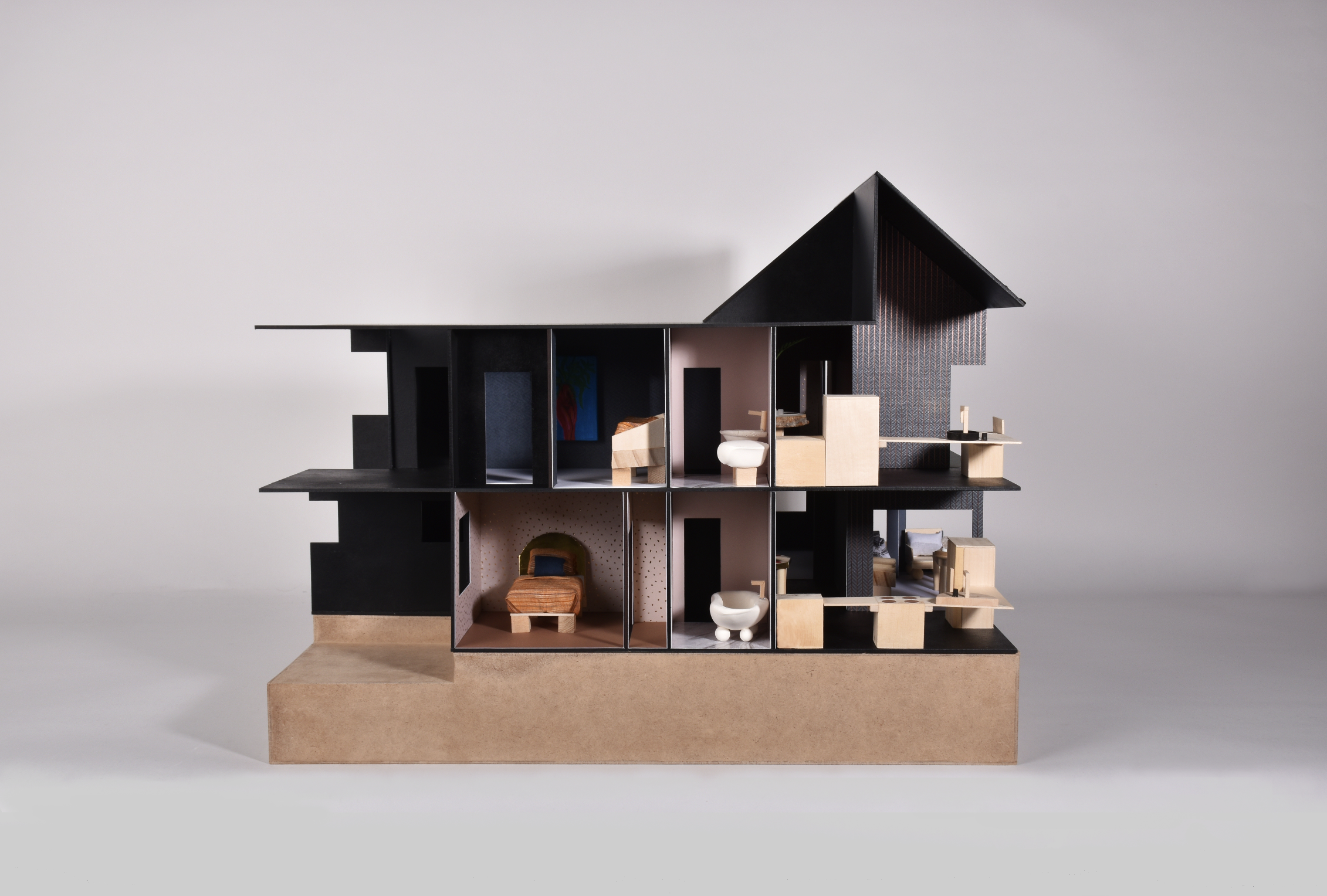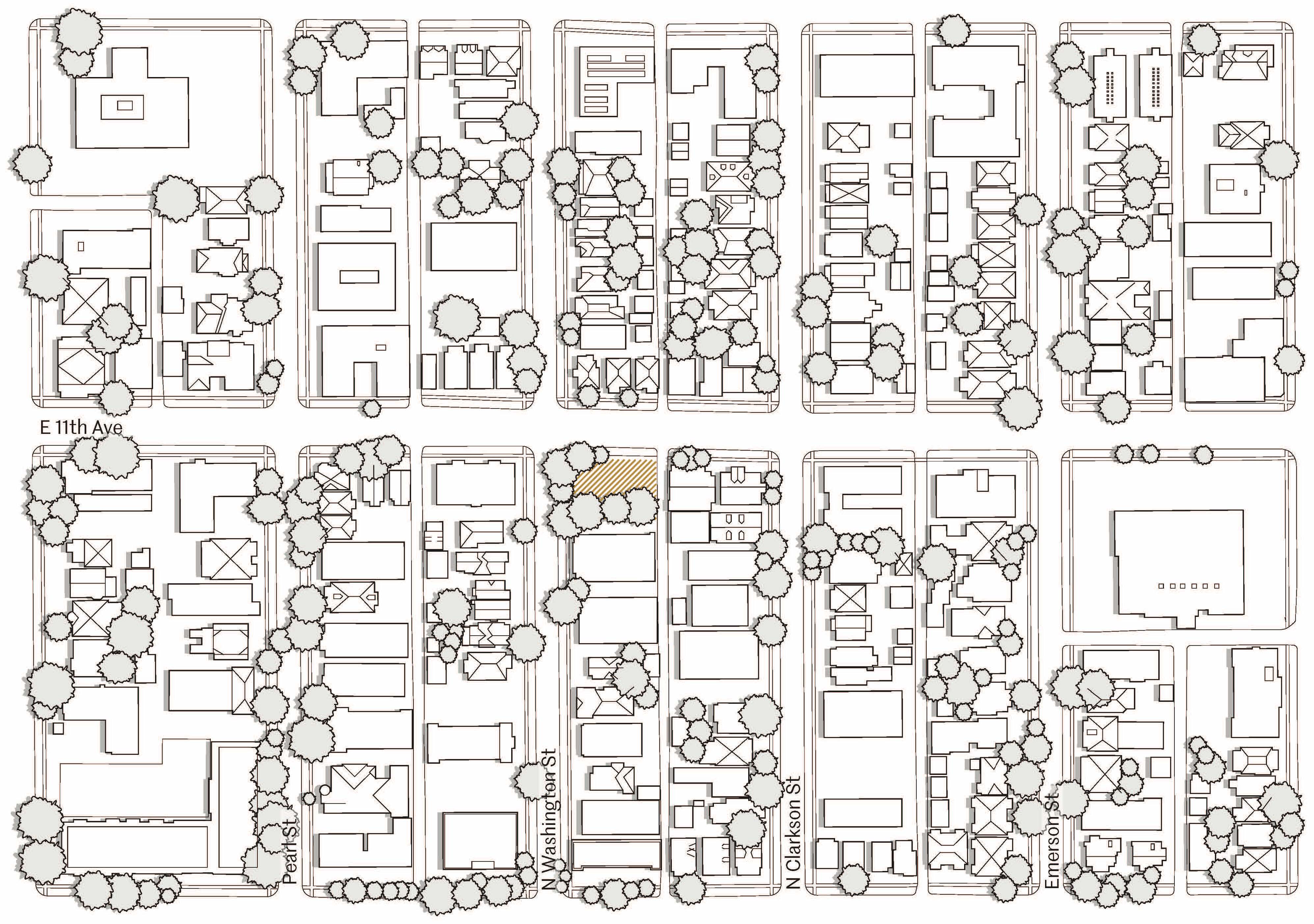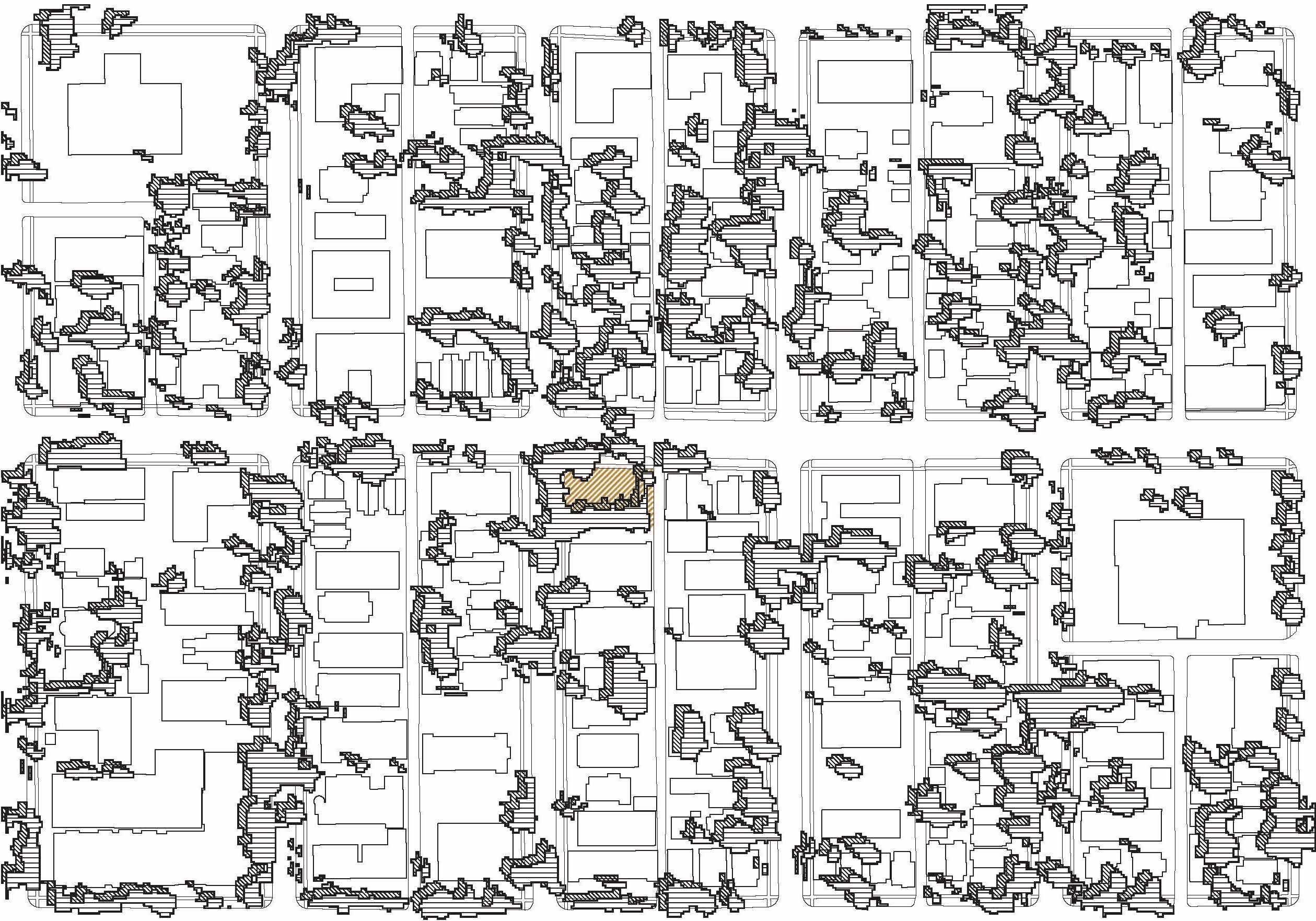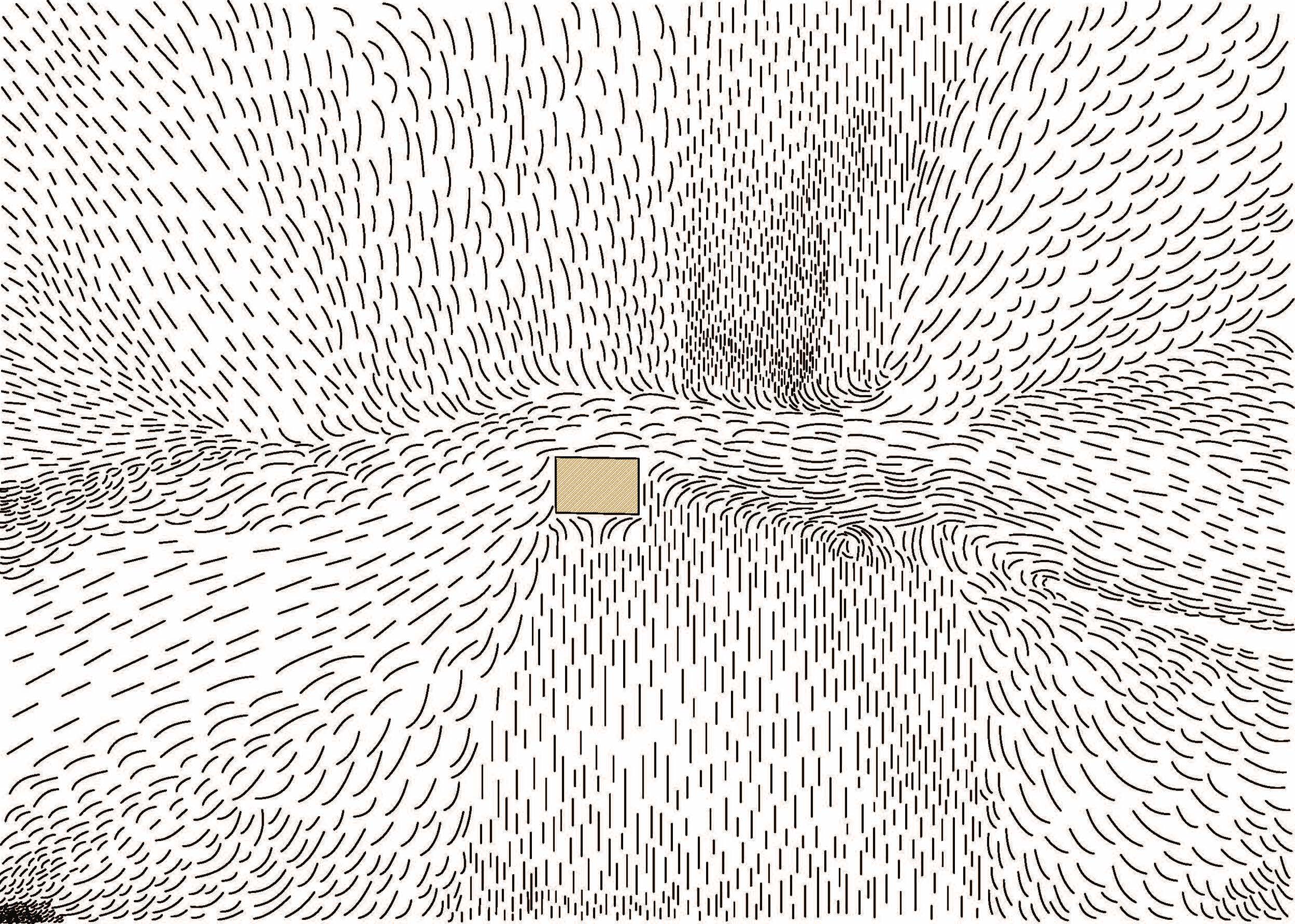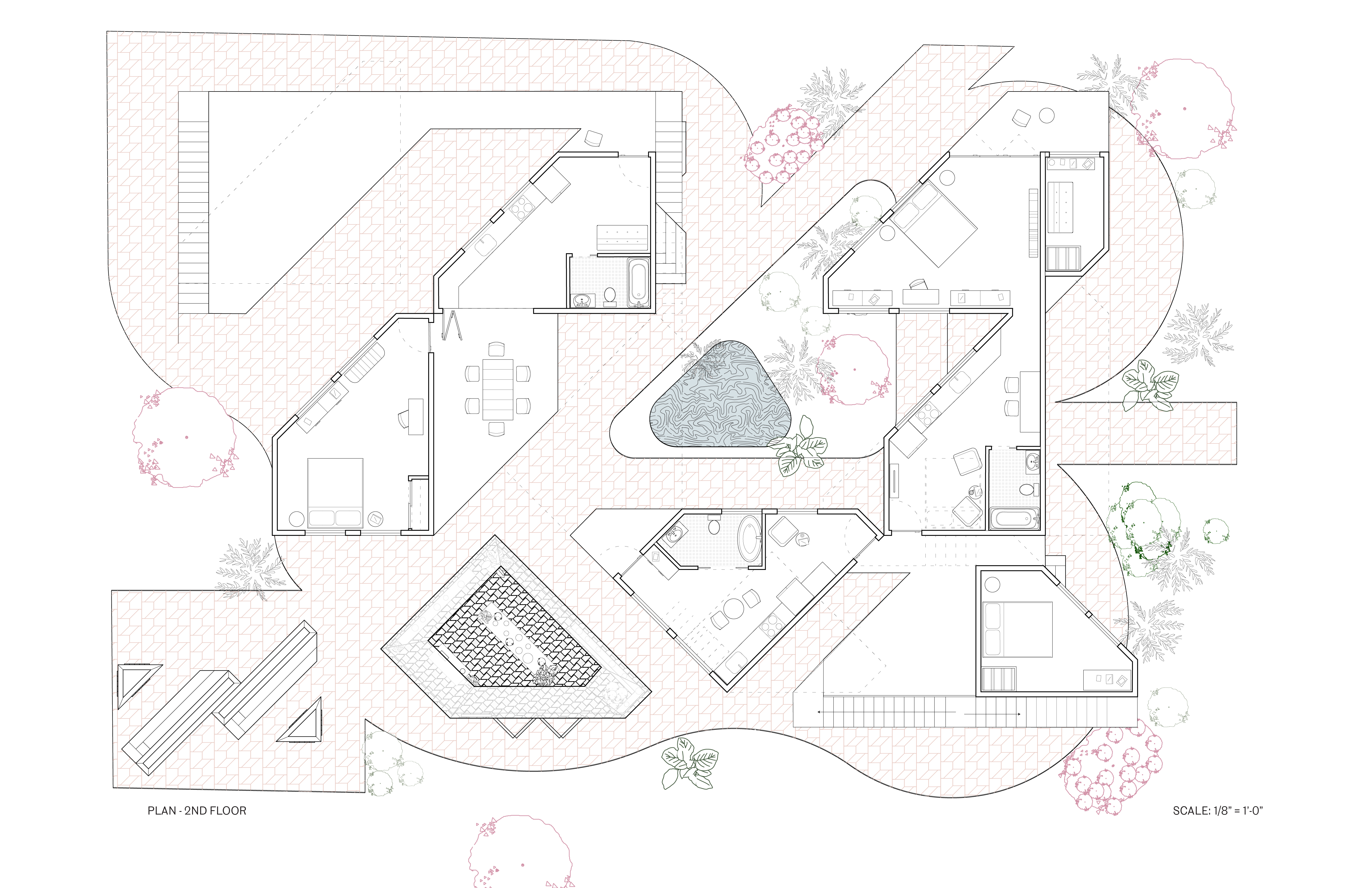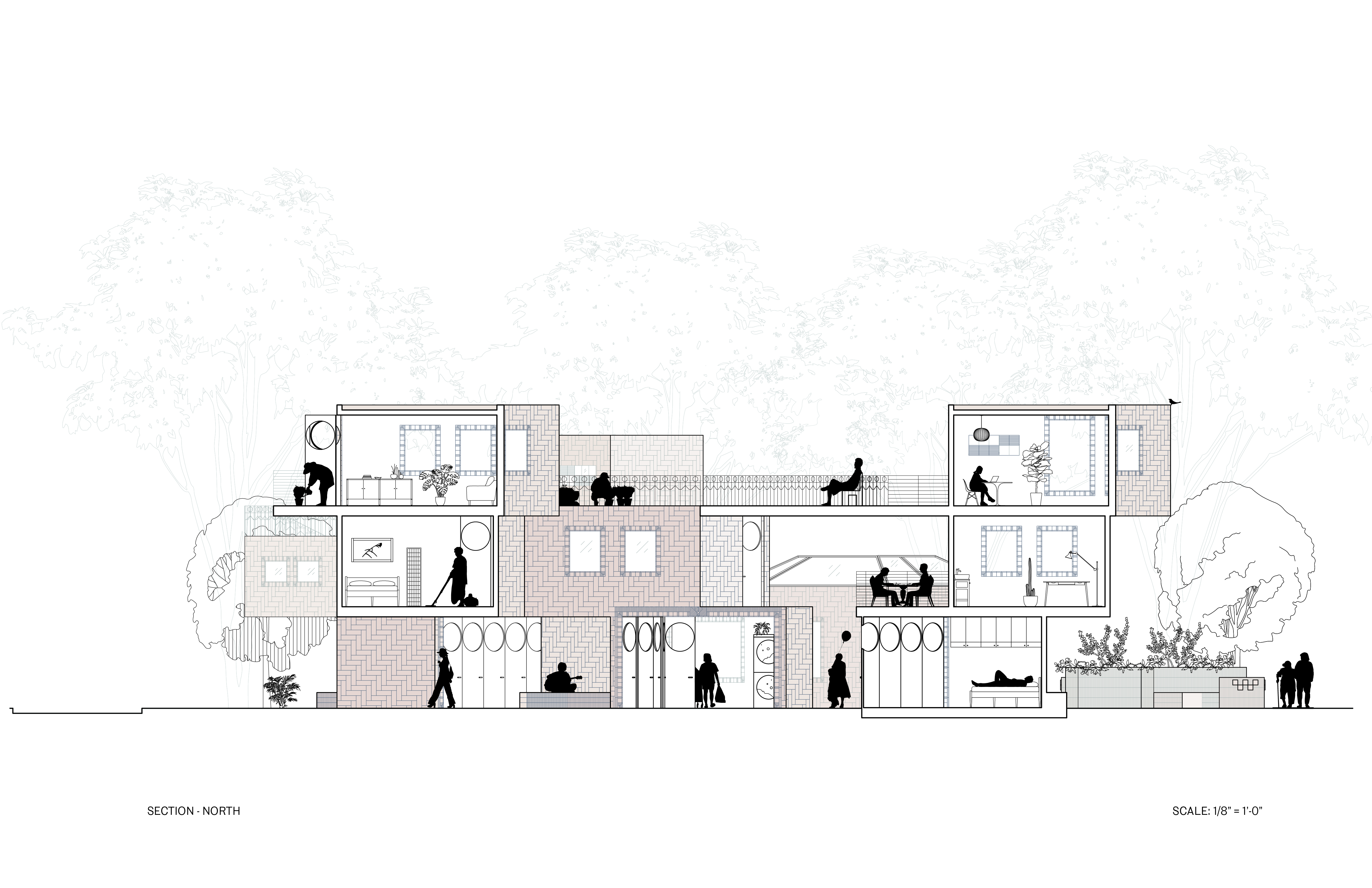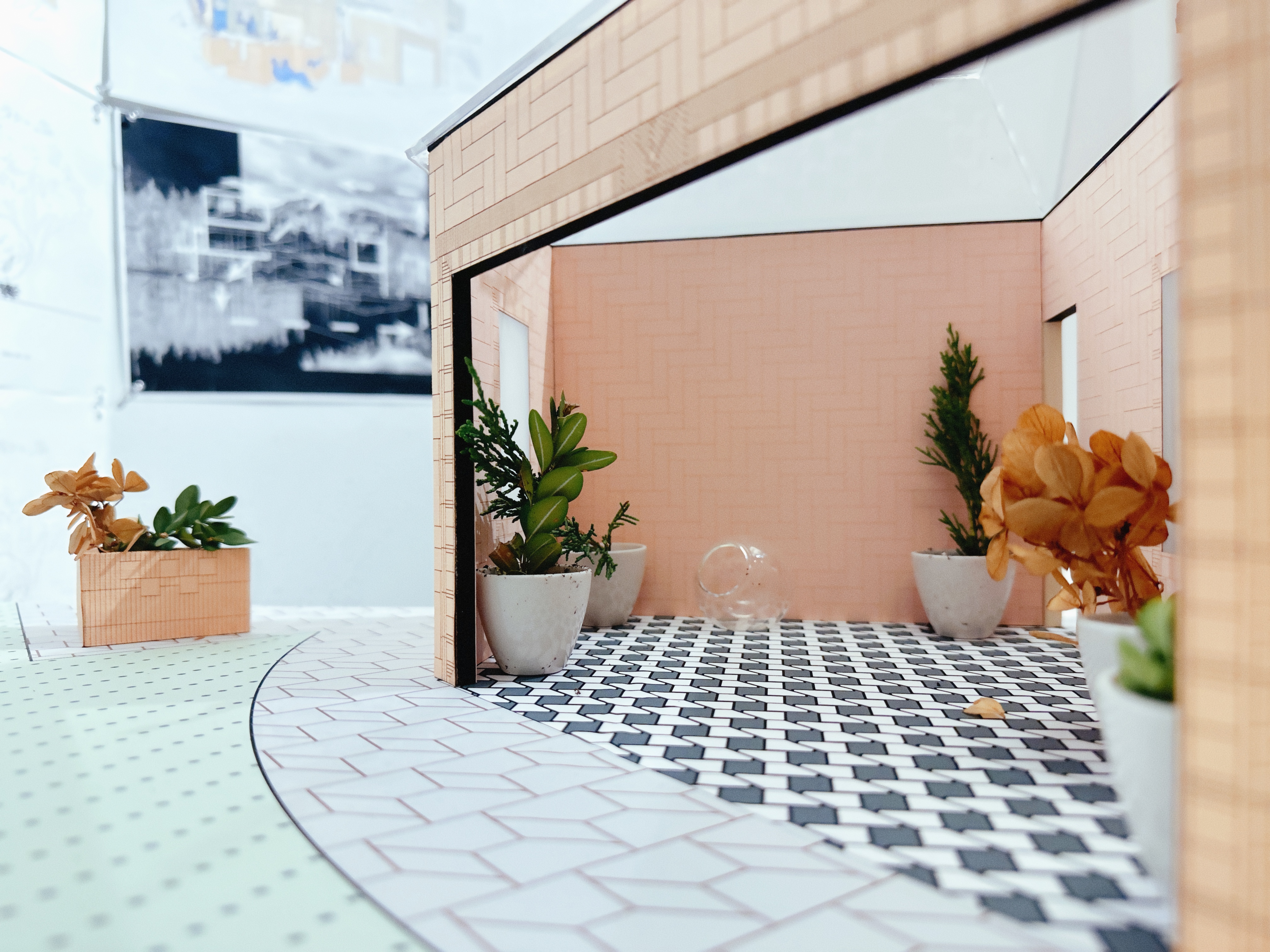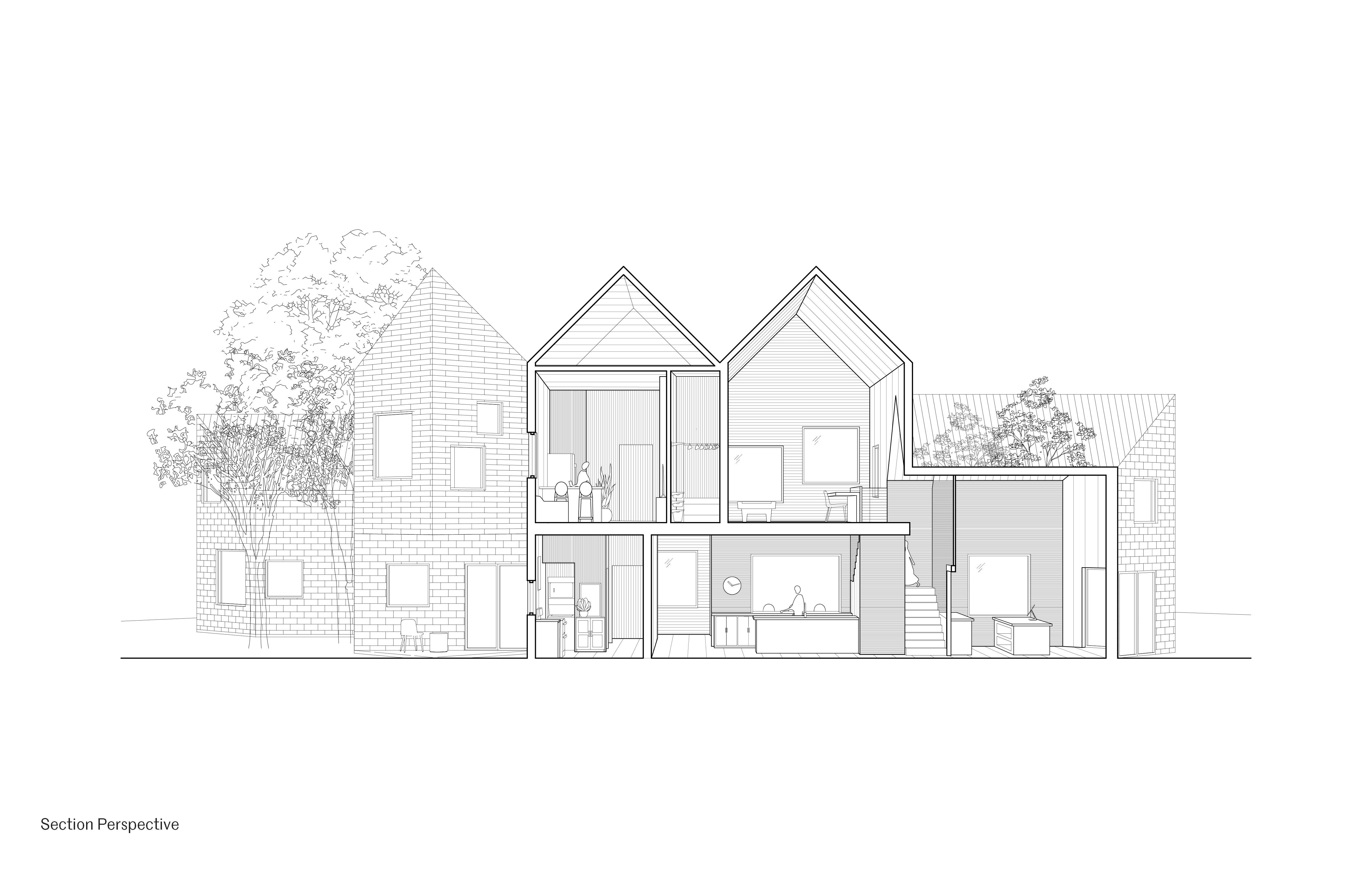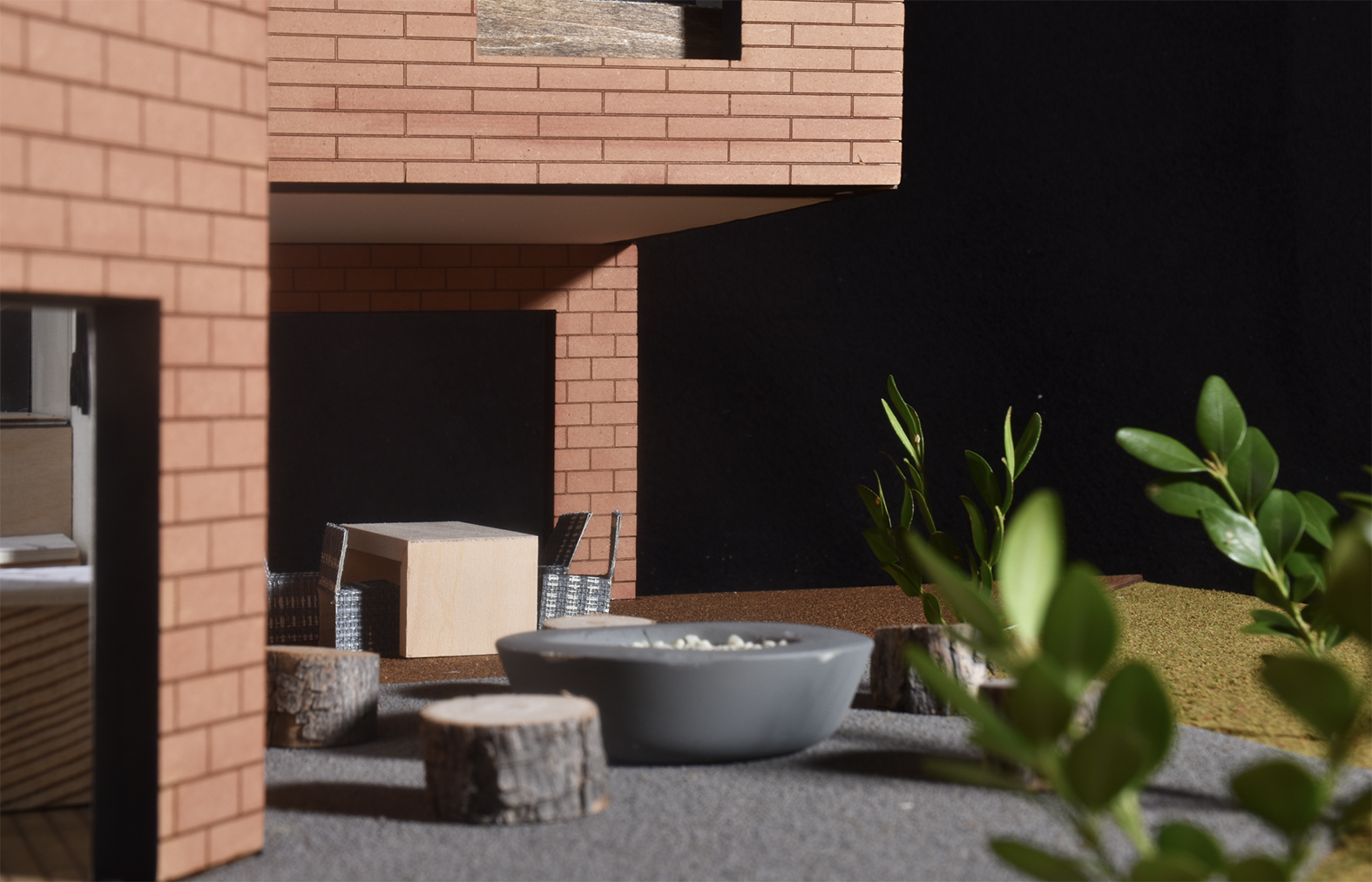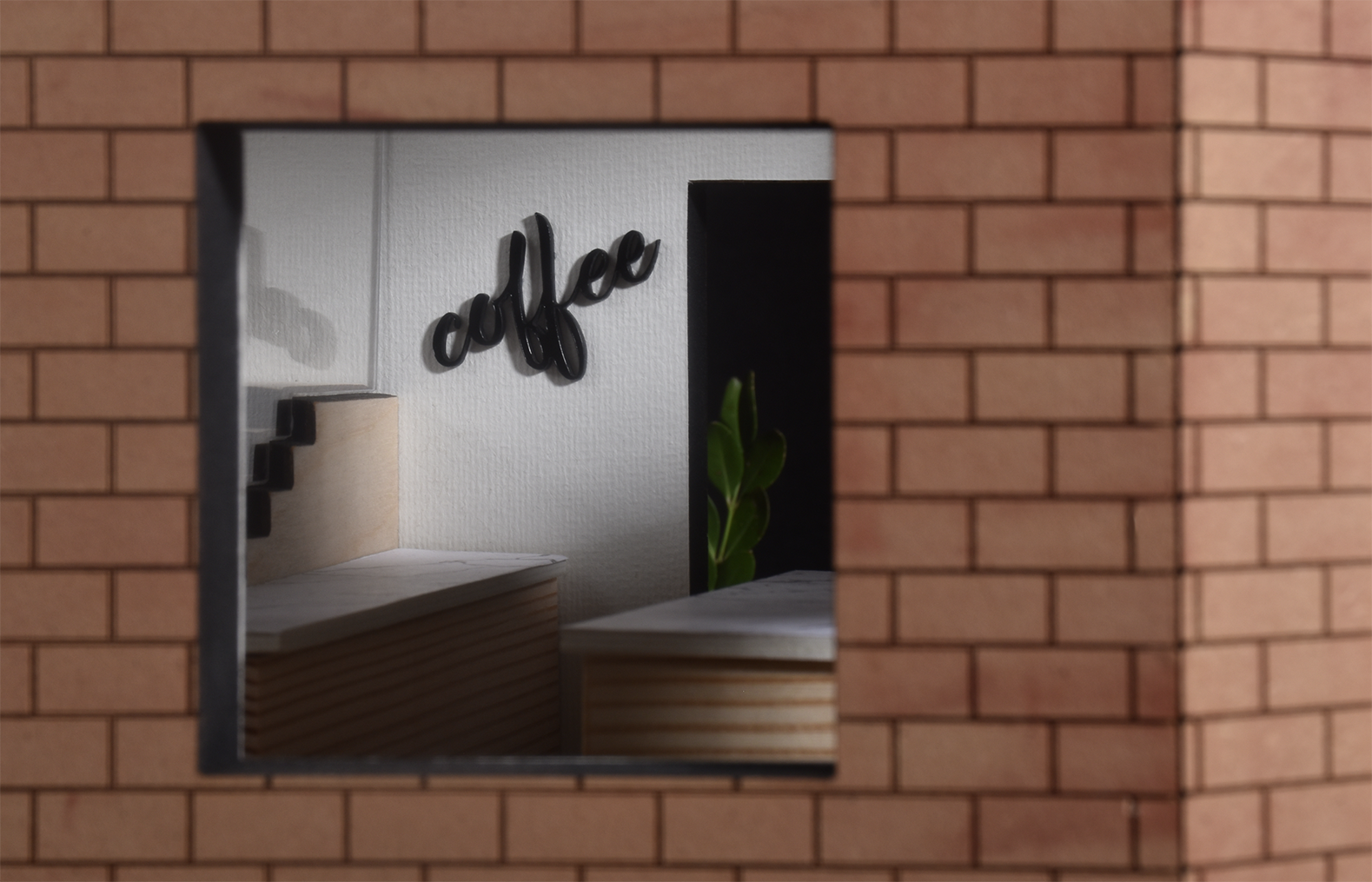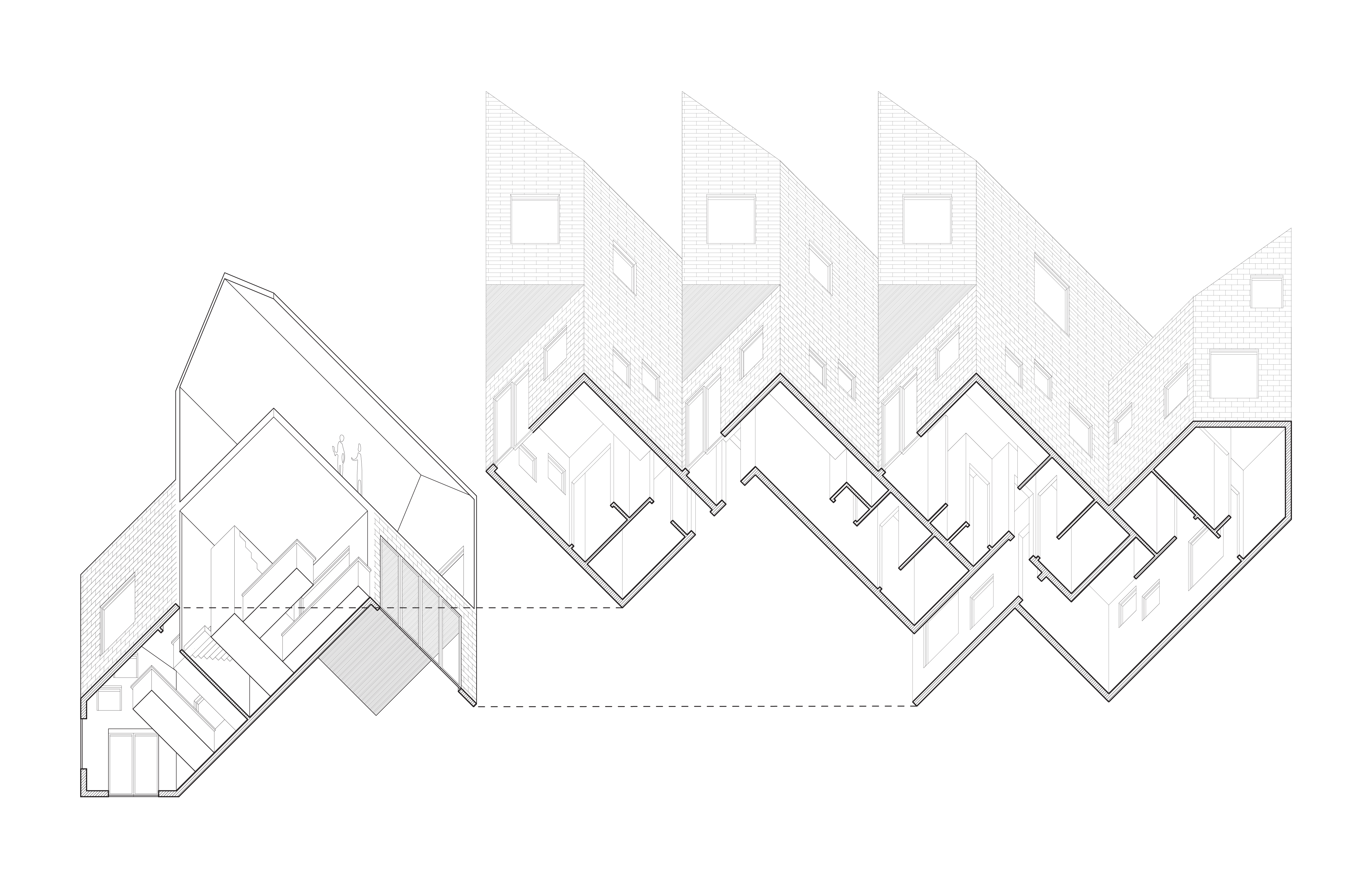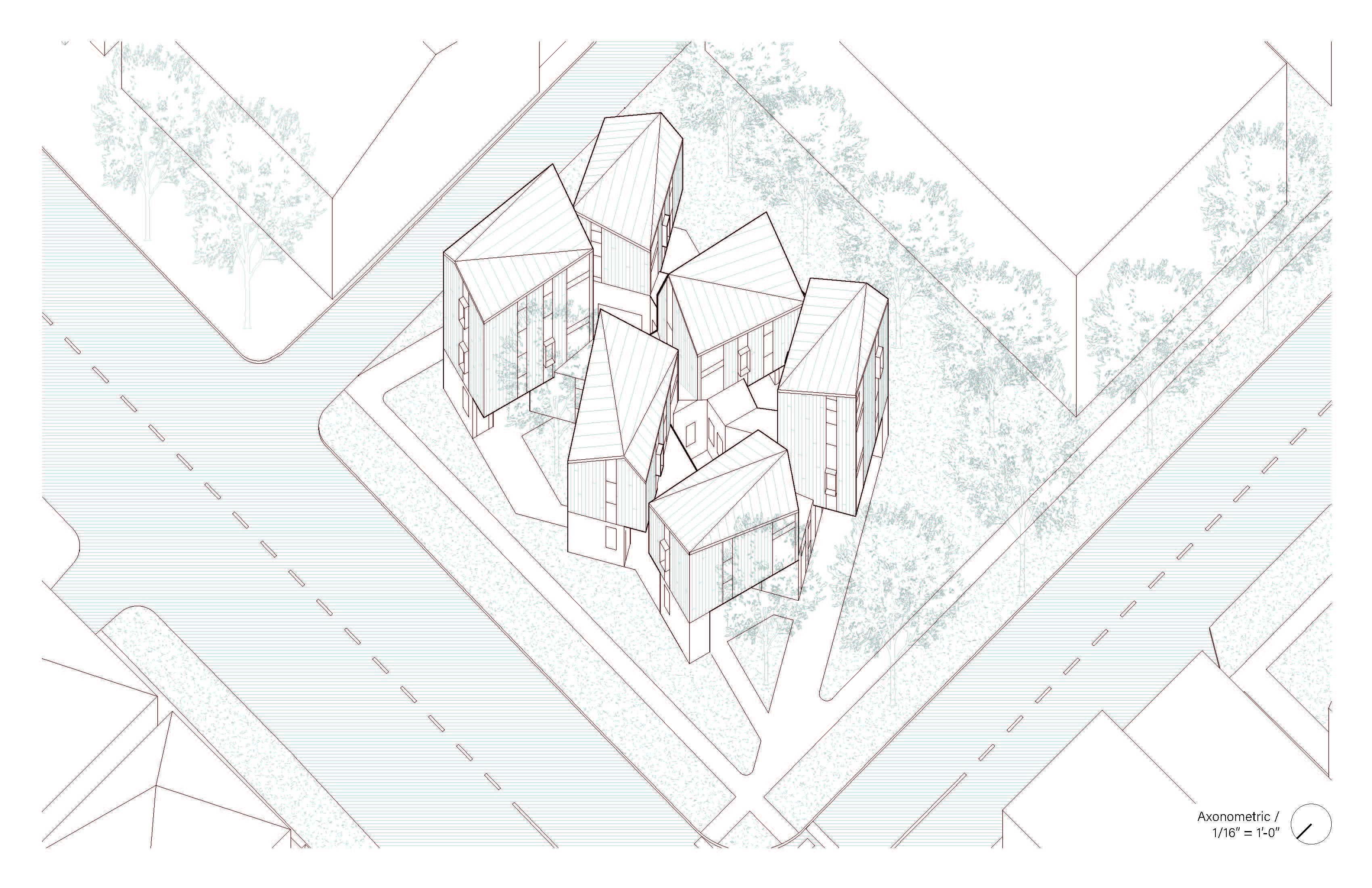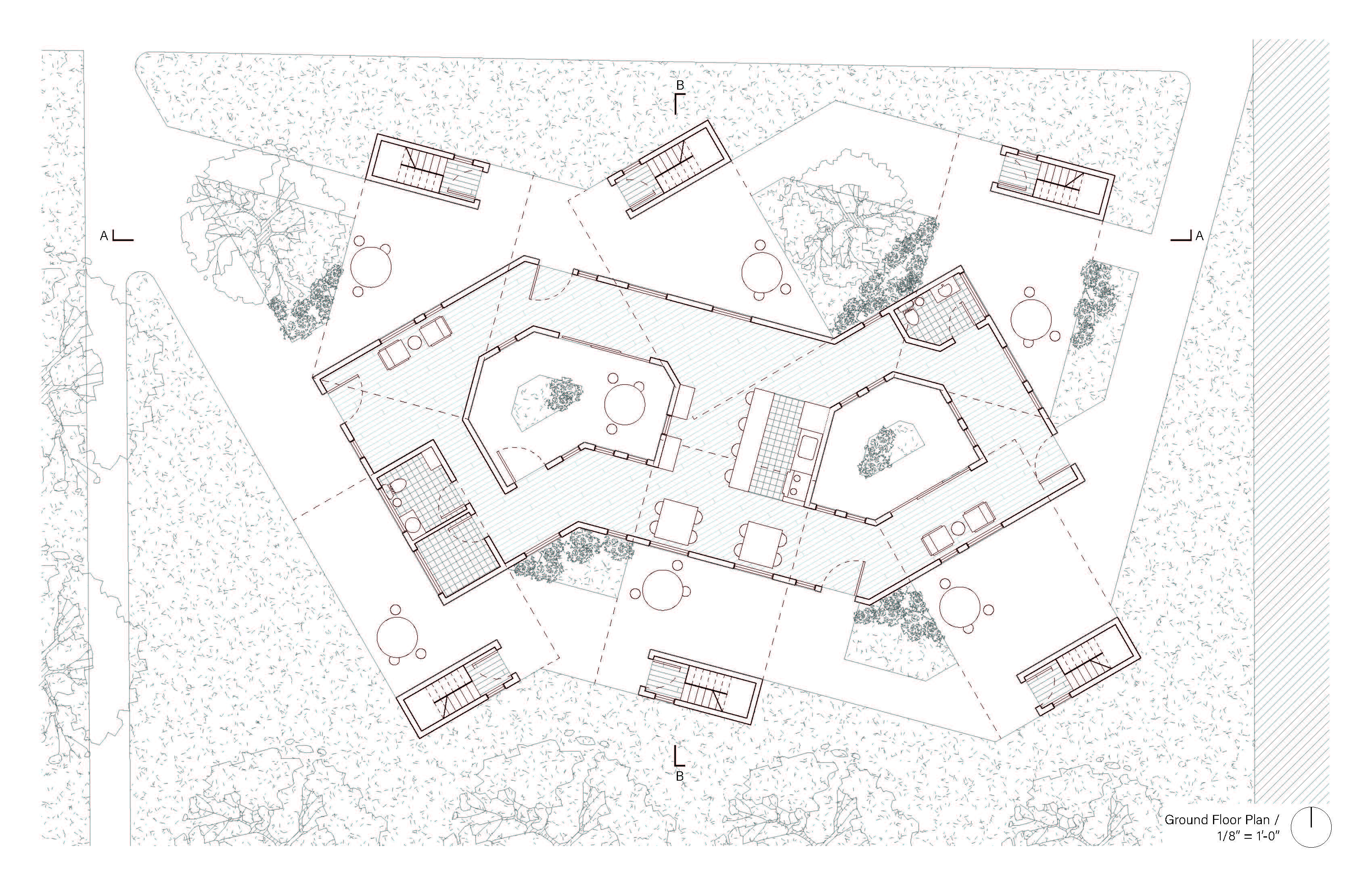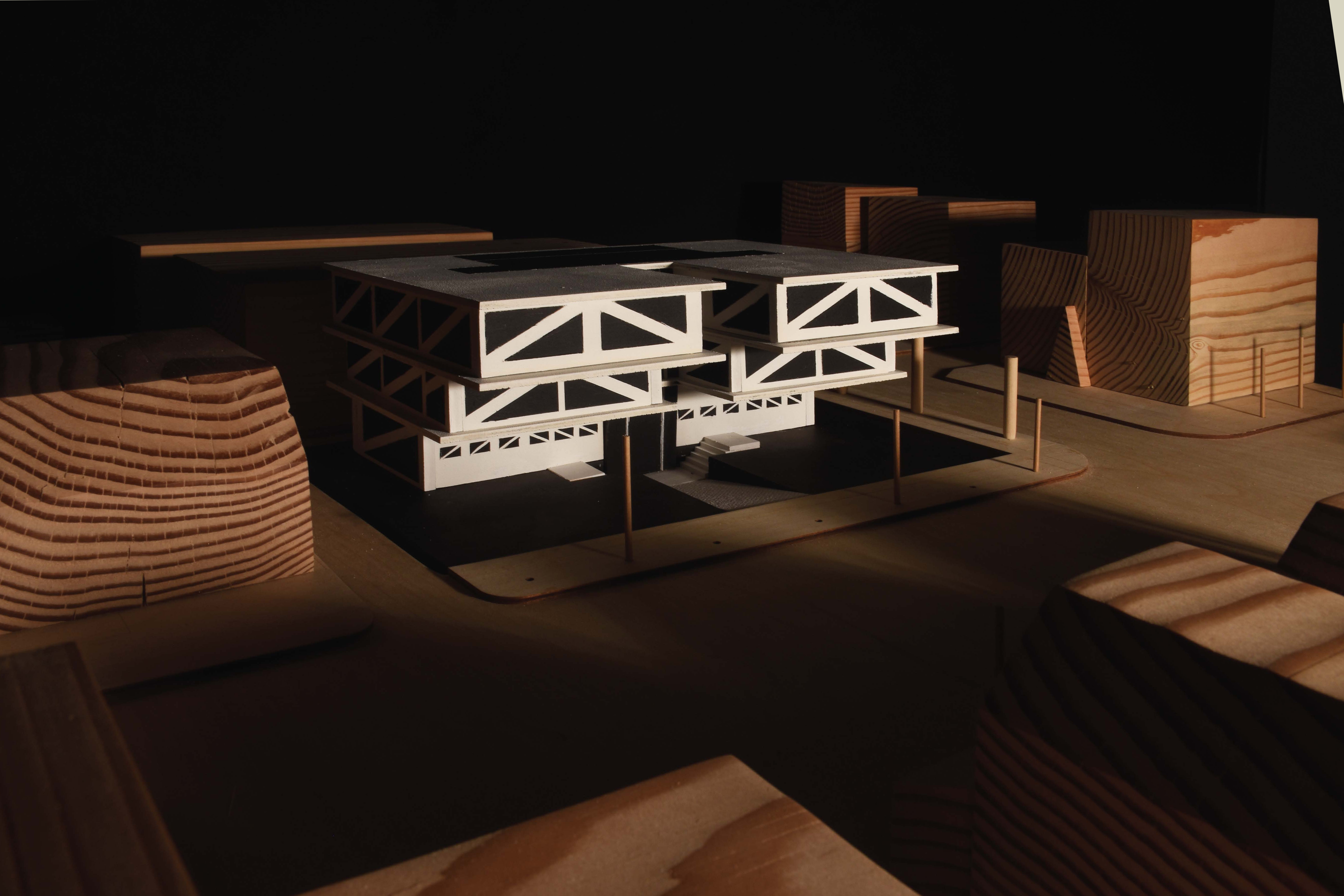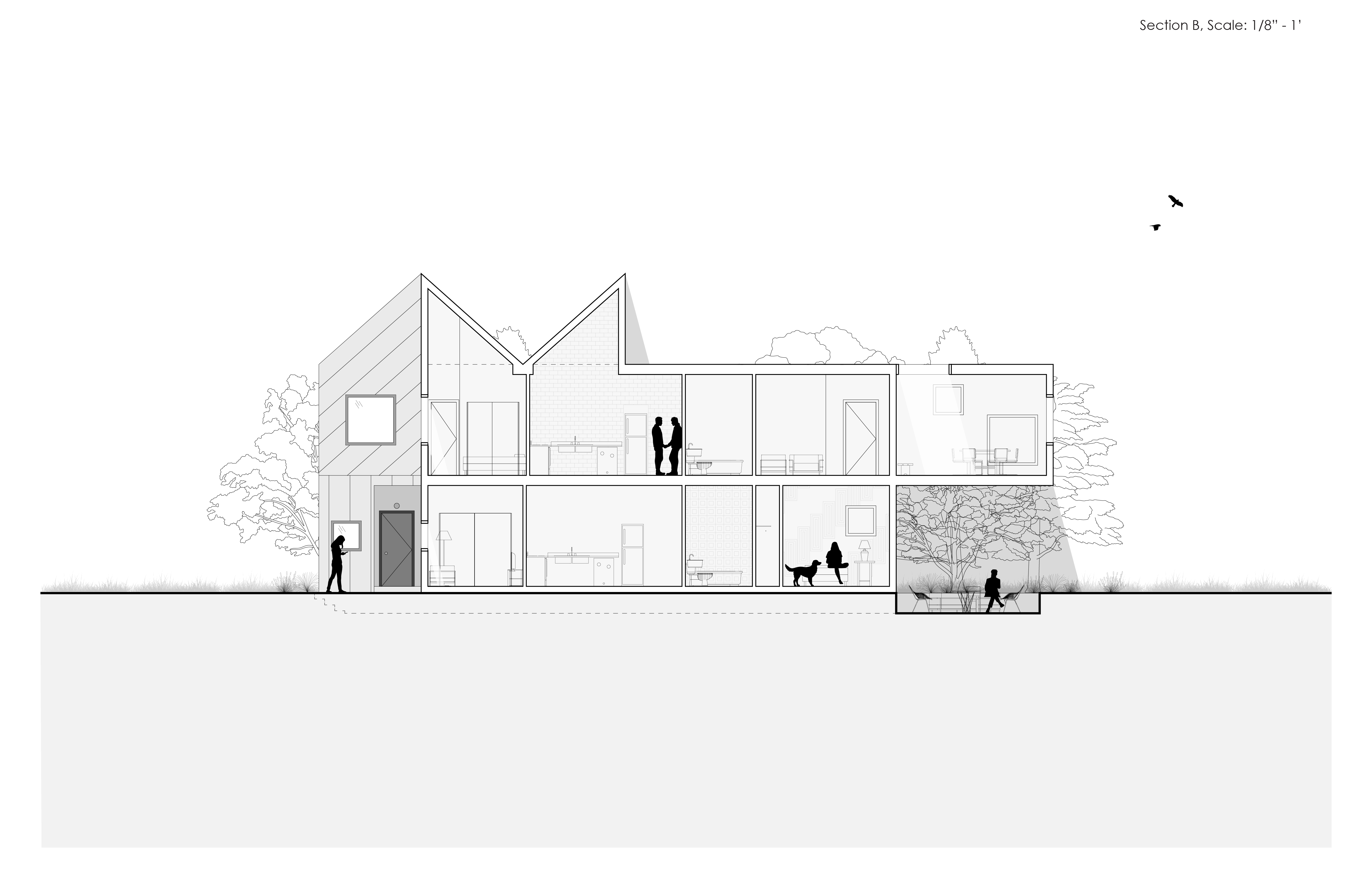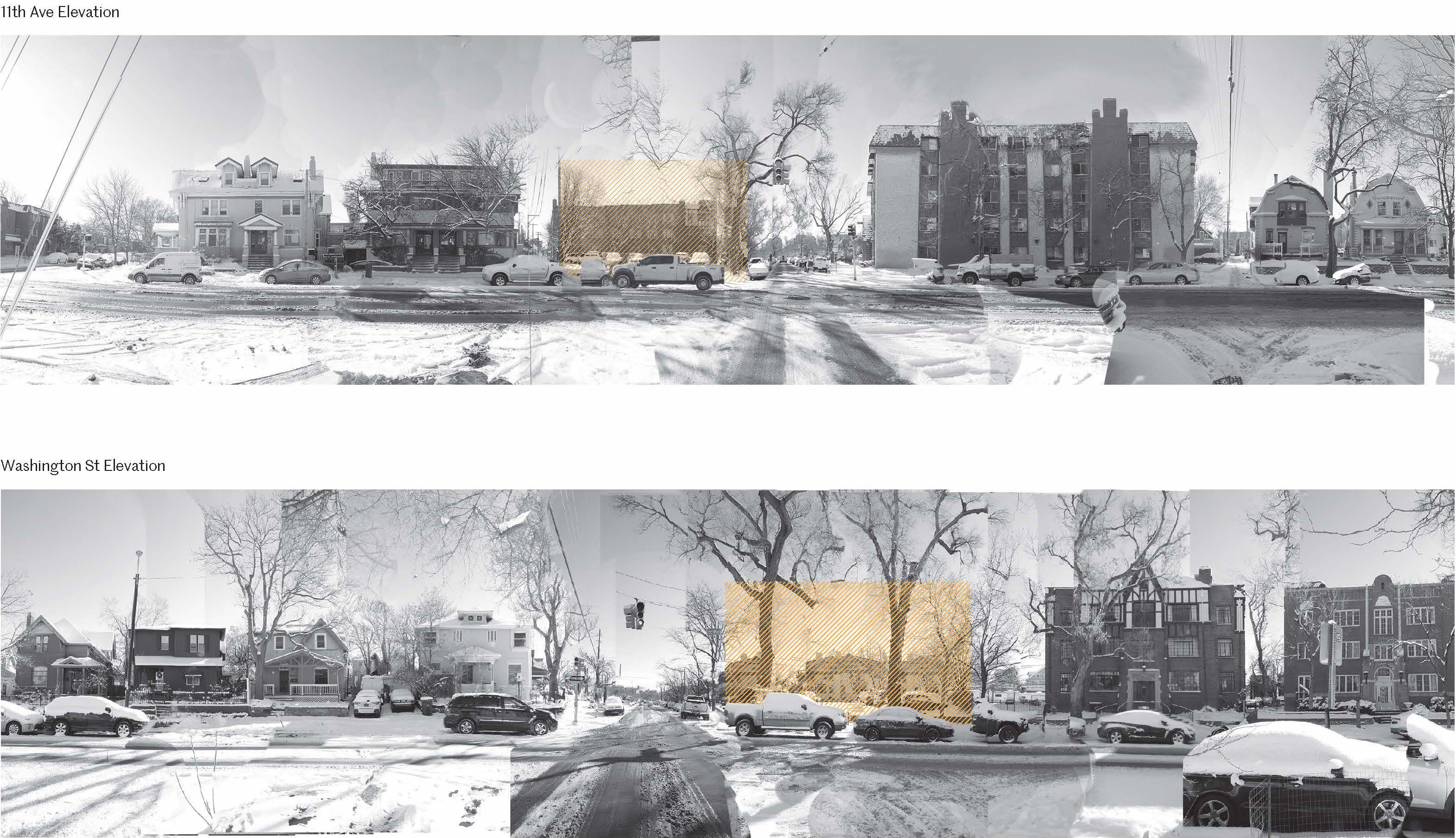Over the decades following World War II, the evolution and growth of the average American household have been predominantly informed by the conventional single-family housing model. Developed around the idea of a nuclear family as the basic social unit, housing has followed a cultural shift toward the individualization of formerly shared domestic spaces and the domestication of formerly public programs. For instance, the inclusion of private gardens, swimming pools, and laundry facilities into postwar American housing projects contributed to the proliferation of single-family residences across the nation, along with the expansion of roads and freeways that feed it.
With more people flooding into cities that have run out of room to sprawl, the growth of single-family households has led to the housing shortage. With soaring prices for rent and mortgages, low- and moderate-income households have been displaced, which has diluted public spaces by exacerbating social and racial segregation. Meanwhile, the insistence of an idealized “nuclear family” also overlooks the possibility of flexible and adaptable arrangements engaging more diverse constituencies, such as individuals, single parents, child-free couples, same-sex couples, and multi-generational households, thus increasing more barriers to affordable housing options.
Departing from the premise that architecture is a mirror reflecting society’s values through the ways in which it organizes space, the projects presented in this paper ask: what are the new paradigms of affordable housing that represent the current social, cultural, and environmental agendas? While the standard means to gauge housing affordability take root in economic factors, these works expand the measures of affordability through architectural experiments with new modes of living. The projects speculate on new ways of constructing housing communities for which equity, diversity, inclusion, accessibility, and quality are materially investigated.
Ultimately, this studio interrogated “Missing Middle” housing, and hypothesized on a “Common Ground” that could create new paths of collective living, particularly addressed on the ground level. With representational emphasis on line drawings and model photographs, the outcomes for this studio render visible the material forces that make up the new paradigm of collective housing in the 21st century.
Course Type and Audience
Core Graduate Studio
Institution
University of Colorado Denver
Location
Denver, CO
Faculty
José Ibarra
Leyuan Li
Term
Spring 2023
Works Displayed Credits
Berenice Avina-Ibarra and Knisely Sautel
Martina Grbac, Sarah Donato, and Stephanie Clouse
Theresa Khoury and Alex Gardiner
Blake Brooks and Geoff Bremer
Hunter Wahlgreen and Luke Duarte-Silva
